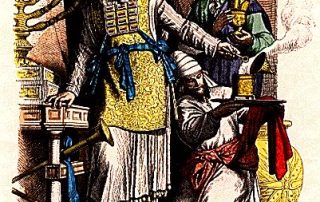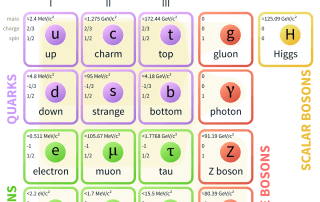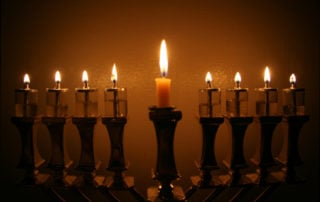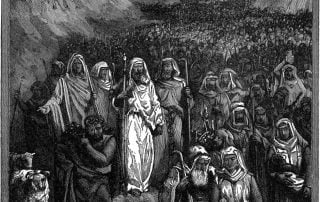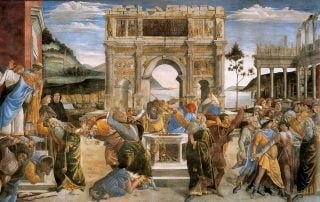Collapsing the Wave Function of Urim and Thummim
By Alexander Poltorak Dedicated to the refuah shaleimah (a complete and speedy recovery) of David ben Leah And thou shalt put in the breastplate of judgment the Urim and the Thummim; and they shall be upon Aaron’s heart, when he goeth in before G‑d; and Aaron shall bear the judgment of the children of Israel upon his heart before the G‑d continually. (Exodus 28:30) AbstractThe Urim and Thummim, sacred oracular devices embedded within the High Priest’s breastplate (Ḥoshen) in ancient Israel, represent one of the most enigmatic elements of biblical tradition. This essay explores their mystical function through an innovative framework that draws parallels with quantum mechanics. By examining rabbinic, Talmudic, and kabbalistic sources, I propose that the Urim and Thummim operated as a dynamic dyad with the High Priest, forming an interactive [...]

